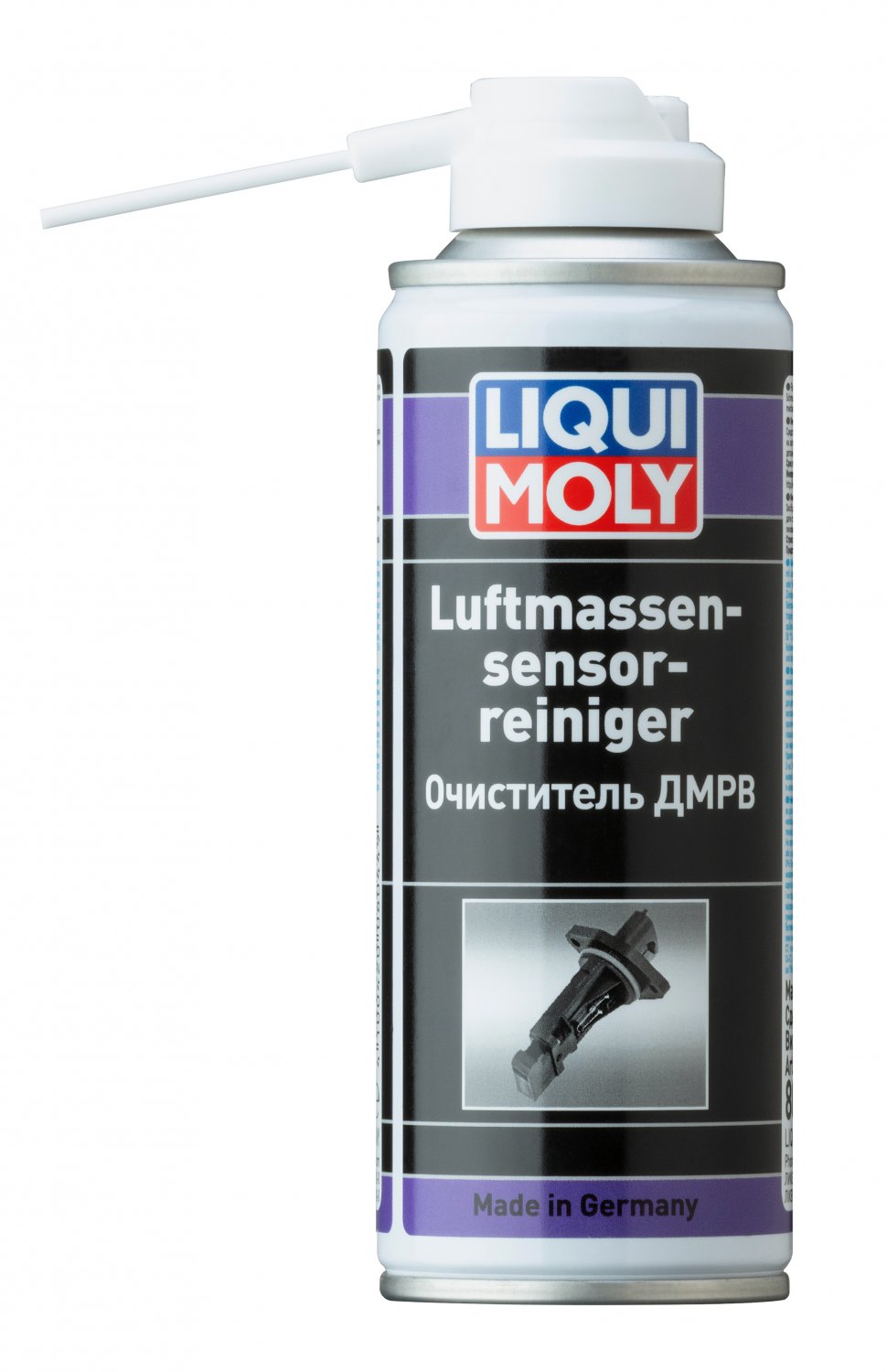

There’s no hard rule about when the mass air flow sensor should be cleaned. How Often Should the Mass Air Flow Sensor be Cleaned? However, for it to be extremely noticeable there would have to be a bunch of other symptoms showing as well. The problem might start out small at first and become greater as the problem persists. If the engine is running rich where too much fuel is burning, you could see a drop in fuel economy. With all the problems listed above, you can imagine that the fuel economy might also suffer. For this reason, it’s important to do a better diagnosis before assuming the issue is the sensor. While many of these performance issues indicate a problem with the MAF, that’s not all that could be causing them. By paying close attention to the normal idle of the vehicle, you can determine when something doesn’t seem right. However, it can also be rough when there’s too much fuel as the engine becomes flooded. If the engine doesn’t get enough fuel, the idle becomes rough. On the other hand, the surging means there is too much fuel.Īdditionally, you might notice a change in the way the engine idles. When it hesitates, the problem is usually an abundance of air.

In some ways, it can cause a surging or hesitation as you try to control the vehicle. With an air-fuel imbalance, you will notice a change in the performance of the car engine.

#MASS FLOW SENSOR CLEANER HOW TO#
RELATED: Car Won’t Start? (10 Reasons & How to Fix it) 4. With this imbalance, the engine becomes harder to start. When the MAF sensor becomes contaminated, too much fuel or not enough can find its way into the engine. The combustion chamber uses both air and fuel to start the ignition process. You shouldn’t have any trouble starting your engine if everything is working the way it should. It can also lead to a clogged catalytic converter. This fuel causes a rich-running condition, leading to excess exhaust. If the MAF is unable to send the right signals to the computer, the engine could compensate by pushing out too much fuel. This condition occurs when too much fuel is going through the system.

Black Exhaust SmokeĪ sign that there’s a problem with the MAF sensor is black smoke coming out of the exhaust. RELATED: 8 Symptoms of a Bad MAF Sensor (& Replacement Cost) 2. For example, some of the most popular include P0100: MAF circuit malfunction, P0101: MAF circuit range/performance, P0102: MAF circuit low input, P0103: MAF circuit high input and P0104: MAF circuit intermittent. Thankfully, you can check the codes with your OBDII scanner.ĭepending on what kind of car you drive, you might see a variety of codes. When the mass air flow sensor fails to send the right signals to the ECM, the Check Engine Light will come on. Reasons to Clean the Mass Air Flow Sensor 1. However, the AFR varies based on the manufacturer. This means the engine utilizes 14.7 pounds of air for every one pound of fuel. With most engines, 14.7:1 is the appropriate ratio. The ECM uses this information to decide how much fuel must be added to ensure a perfectly balanced air-fuel ratio. The mass air flow sensor is meant to measure how much air mass is flowing into the engine intake. Both of these are sent to the ECM, where the air-fuel ratio is regulated carefully. Many modern MAF sensors also have the intake air temperature (IAT) sensor built in.ĭigital mass air flow sensors utilize a frequency output, while the analog MAF sensor produces variable voltage output. This component is located between the intake manifold on the engine and the air filter. It’s part of the car’s electronic fuel injection system. The longneck bottles are ideal for hard-to-reach spots, and the air-tight caps on Loctite applicators extend the usefulness and life of every formula.The mass air flow sensor is otherwise referred to as the MAF. Don't want glue on your fingers? The "wings" on the control bottles prevent your fingers from being glued together. Specially designed, patented applicators and delivery systems also ensure a successful bond. Whether your project requires resistance to temperature or moisture, or you're bonding materials like stone, leather, metal or plastic, Loctite Super Glues are the solution. The job-specific formula of each Loctite Super Glue ensures a strong, successful bond of most every material, under many conditions, making your bonding project or repair easier than you ever thought possible. Loctite Super Glue is ideal for small bonds that are subject to daily use and occasional harsh conditions. Loctite® Super Glue is a fast bonding, super strength, instant adhesive with specially engineered formulas and applicators to bond virtually any material.


 0 kommentar(er)
0 kommentar(er)
